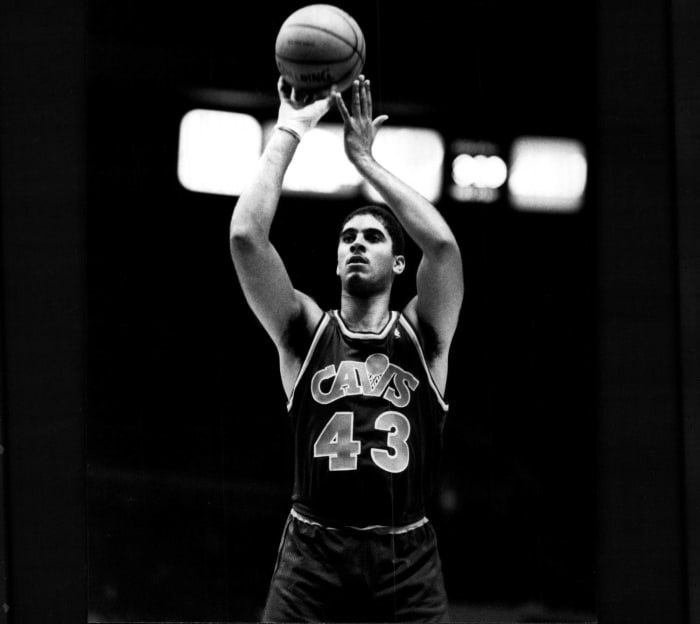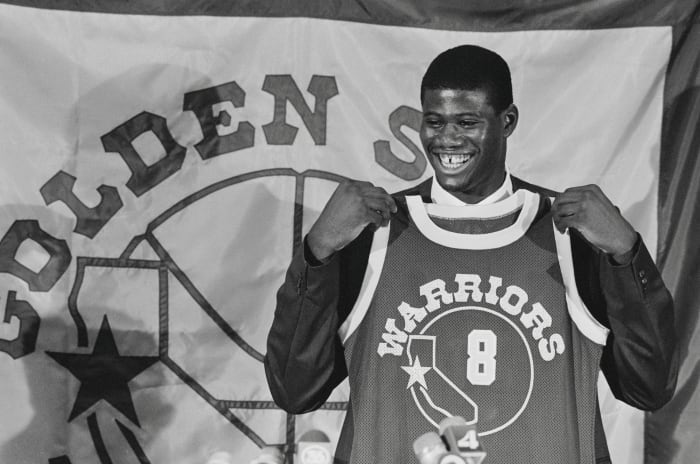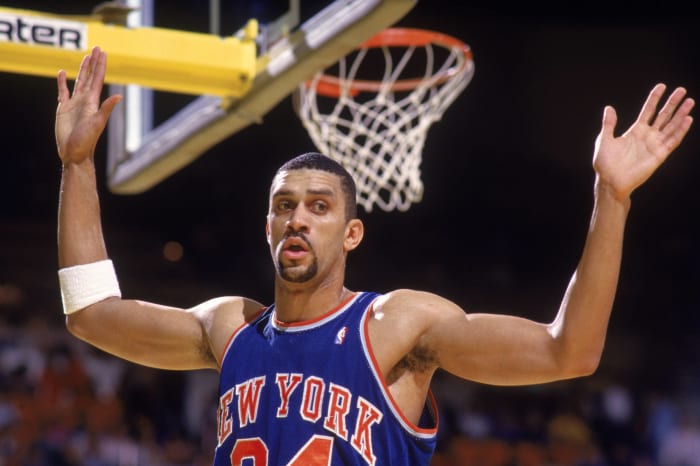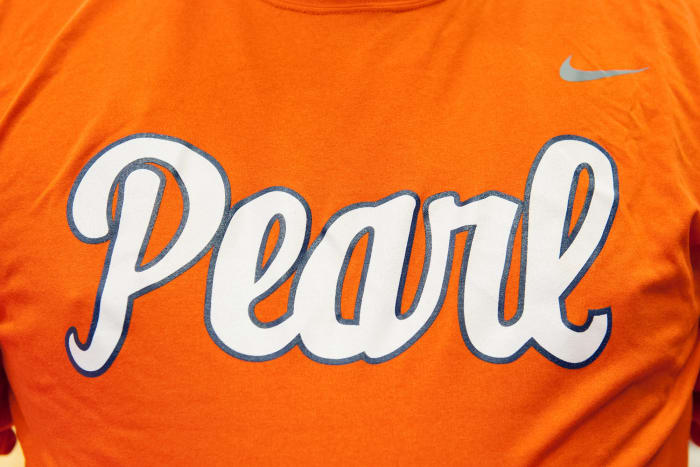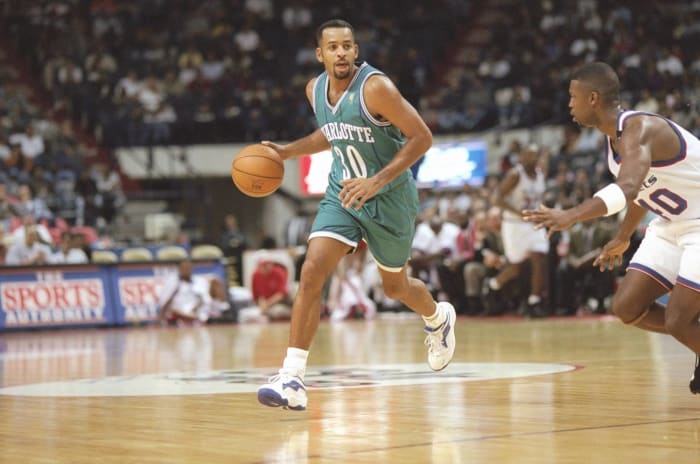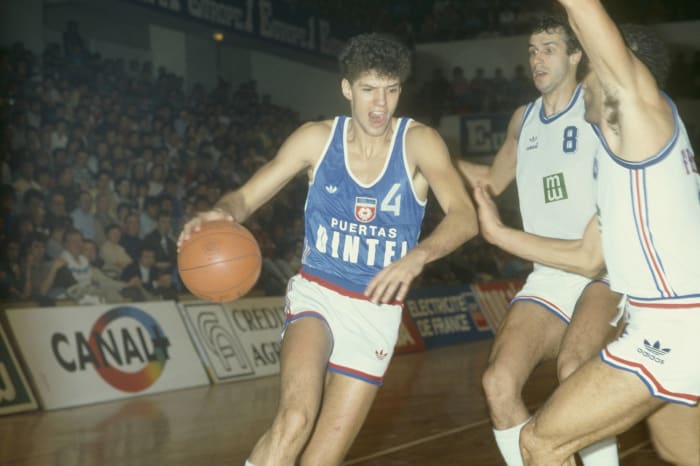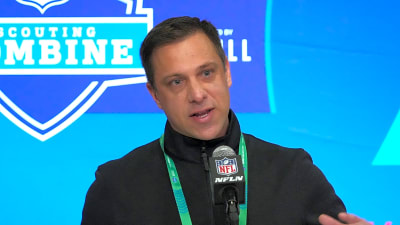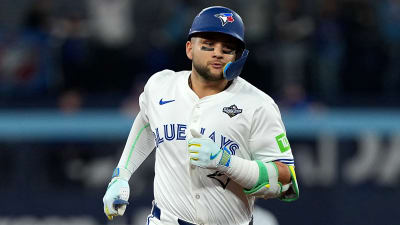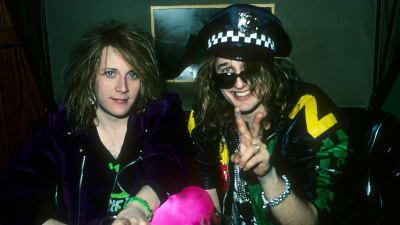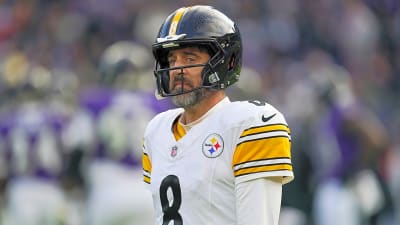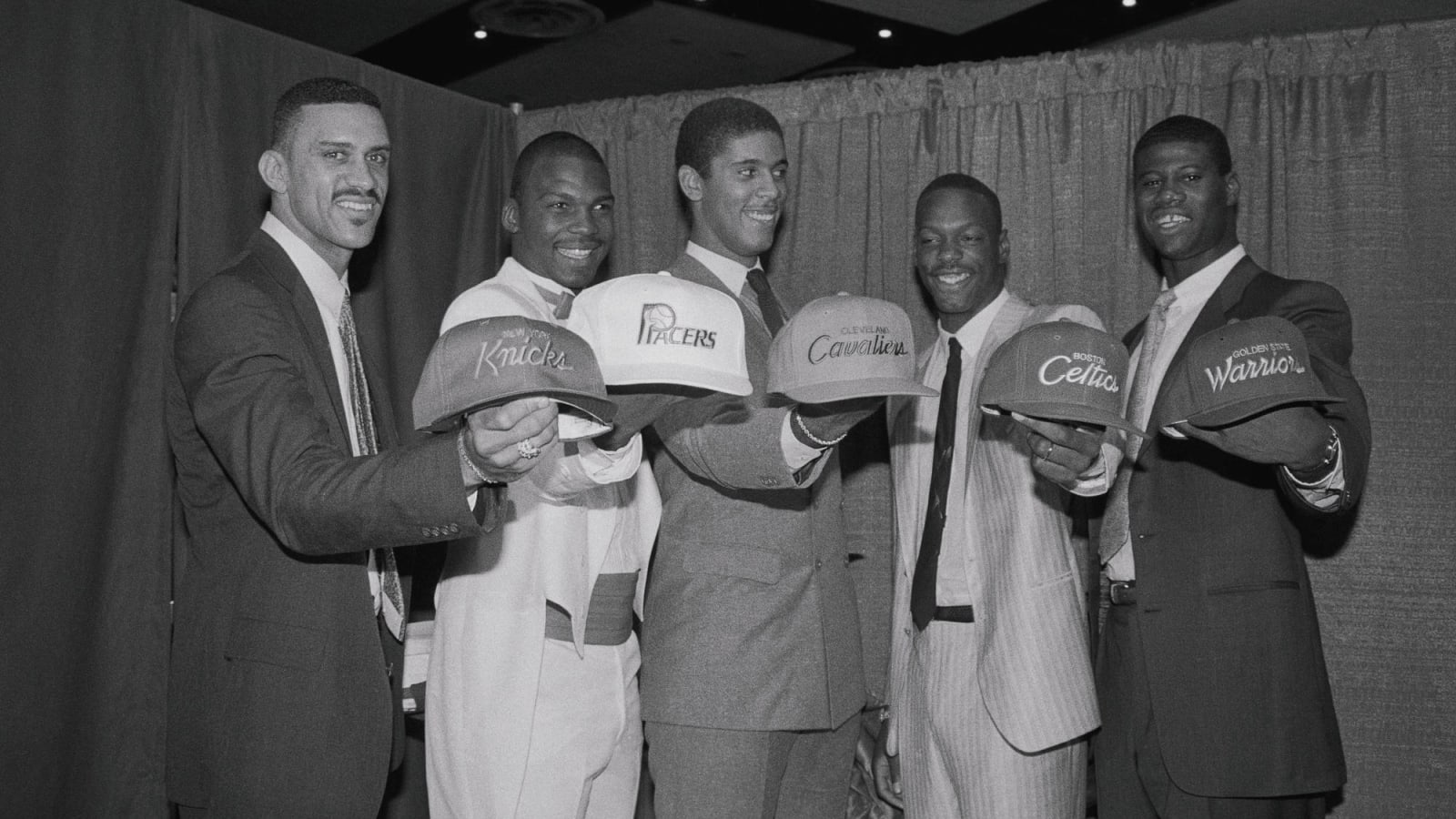
Looking back at the 1986 NBA Draft
The best word to describe the 1986 NBA Draft is tragic. This wasn't an all-time worst draft, but there were too many draft picks that didn't reach their full potential due to injuries or off-court issues -- most notably substance abuse. Cocaine was still prevalent in the league and, in this case, ended one of the most gifted player's career before it got started. Guards John Lucas and Michael Ray Richardson were suspended or banned during the previous season.
The league was entering its boom. The Boston Celtics were coming off a dominant championship run (67-15 during the regular season; 15-3 in playoffs). Michael Jordan was becoming a superstar after dumping 63 points on those Celtics in a playoff game. Detlef Schrempf became the first German player in the NBA while Georgi Glouchkov was the first Eastern Bloc player to play in the NBA ... developments that would begin to expand the league's talent pool. Larry Bird won his third straight MVP award.
This was the second draft to have a lottery system, and unlike the 1985 Draft, there wasn't a sure-fire franchise-changing player like Patrick Ewing that everyone coveted. But that night at the Felt Forum in New York City would produce one of the strangest and, yes, tragic drafts in memory.
More must-reads:
- Examining what Knicks' NBA Cup championship actually means
- Josh Giddey makes more Bulls history with triple-double in win
- The 'Youngest 40-point NBA games' quiz
Breaking News
Trending News
Customize Your Newsletter
 +
+
Get the latest news and rumors, customized to your favorite sports and teams. Emailed daily. Always free!
